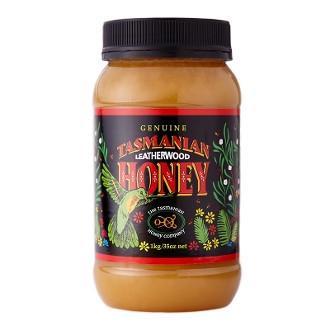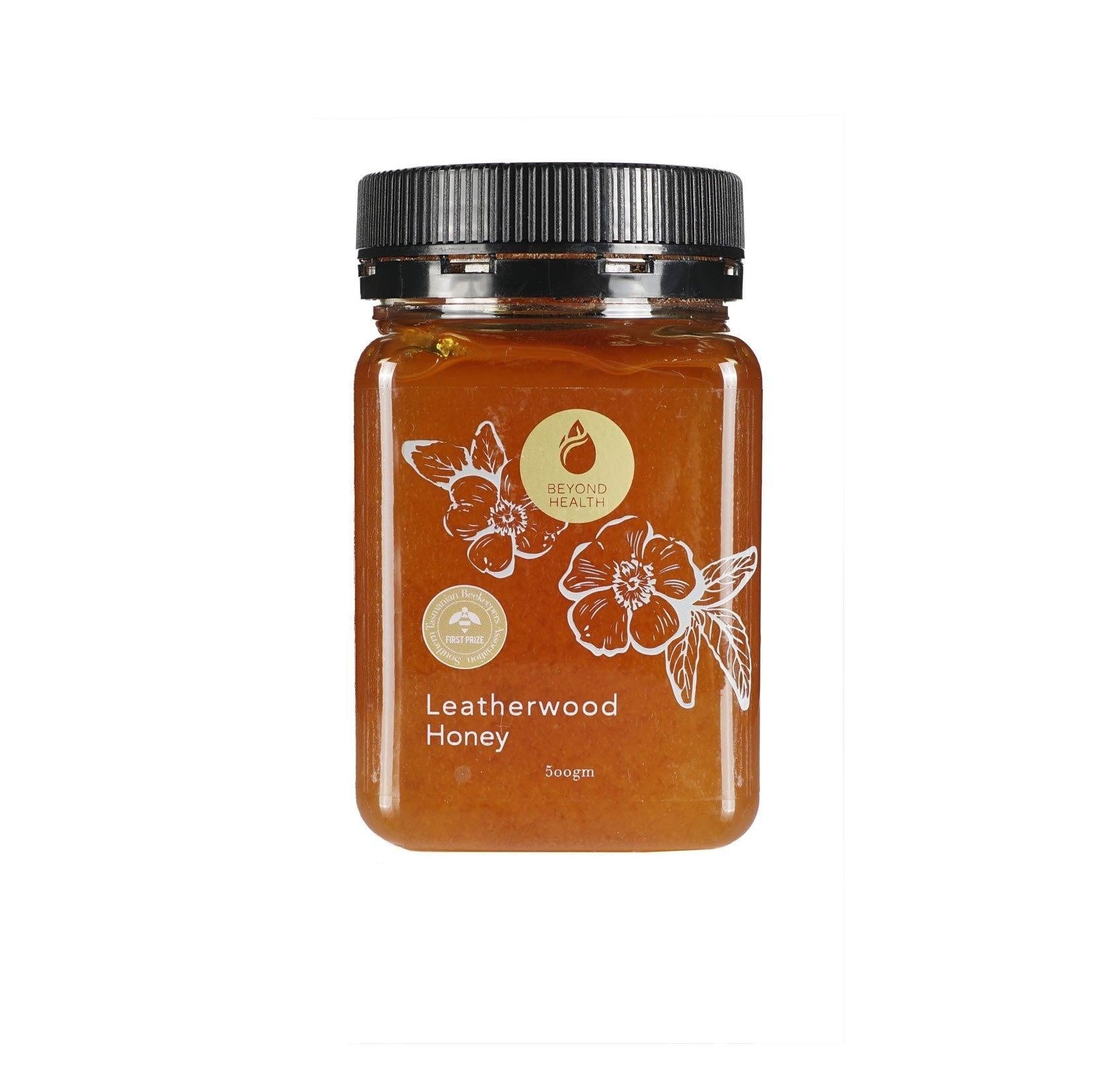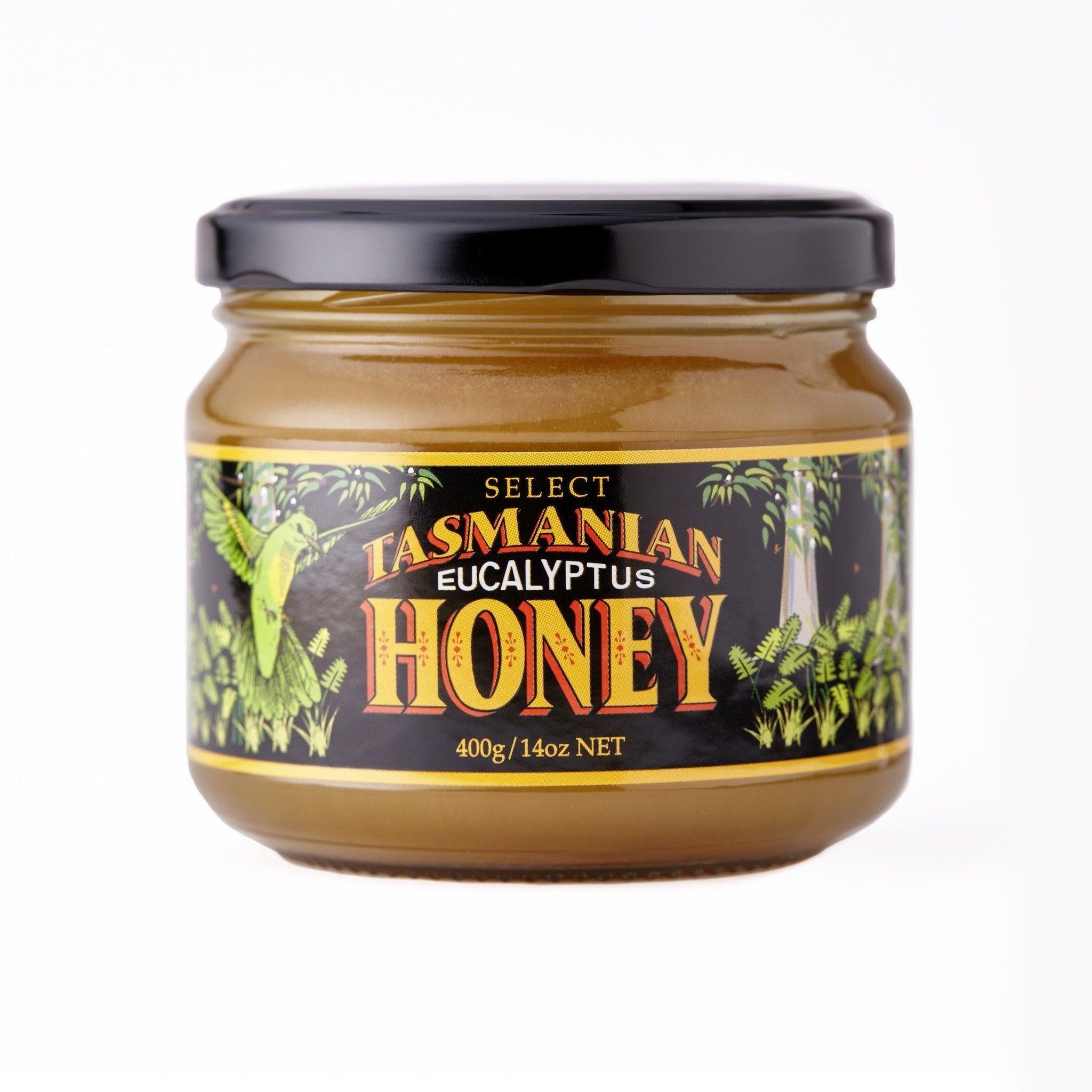Your shopping bag is empty
SPAM Nutrition Facts
- Posted by: Enquiry Admin
- Comments: 0
- Categories: Nutrition & Diet
- Tags:
- SPAM Nutrition Facts
Unraveling SPAM: Exploring the Nutrition Facts of this Classic Canned Meat
Introduction
SPAM, the iconic canned meat, has been a pantry staple for generations. Many love SPAM for its convenience and versatility, it's important to understand the nutrition facts behind this popular processed meat. In this article, we will look into the nutrition facts of SPAM. We will also examine its calorie content, protein, fat, sodium levels, and other essential nutrients. By gaining insights into the nutritional composition of SPAM, you can make good choices about its inclusion in their diets. Hence, this would allow you to explore ways to enjoy it in moderation.
The Basics of SPAM Nutrition
Overview
SPAM has a primary contents of pork shoulder meat and ham, blended with salt, water, sugar, and sodium nitrite as a preservative. Let's explore the nutrition facts of a typical serving size (2 oz or 56g) of SPAM:
- Calories: SPAM contains approximately 180 calories per serving.
- Protein: A serving of SPAM provides around 8 grams of protein, which is important for muscle maintenance and repair.
- Fat: SPAM is relatively high in fat, with each serving containing about 16 grams of fat, including saturated fat.
- Sodium: One of the notable concerns with SPAM is its sodium content. A serving of SPAM commonly contains around 790 milligrams of sodium, which is about 1/3 of the recommended daily limit. High sodium intake may lead to hypertension or high blood pressure.
Balancing Macronutrients with SPAM
While SPAM is a source of protein, it's important to consider the overall macronutrient balance in your diet. The fat content in SPAM nutrition, including saturated fat, should be consumed in moderation as part of a well-balanced diet. Therefore, to mitigate the saturated fat intake, pairing SPAM with whole foods rich in fiber, vitamins, and minerals is essential. Indeed, incorporating whole grains, fruits, and vegetables alongside SPAM can help create a more balanced meal.
Sodium Concerns: Moderation is Key
SPAM's high sodium content is a notable consideration when including it in your diet. Excessive sodium intake can lead to increased blood pressure and other health issues. It's crucial to consume SPAM in moderation and be mindful of overall sodium intake from other sources. Pairing SPAM with low-sodium or sodium-free whole foods, such as fresh vegetables or whole grains, can help offset the sodium content and contribute to a more balanced meal.
Exploring SPAM Varieties & Nutrition
SPAM offers various flavors and types, including reduced-sodium and low-fat options. These alternatives can be suitable choices for individuals who are mindful of their sodium and fat intake. It's important to check the nutrition labels and compare the difference to select options that align with your dietary goals and preferences.
Occasional Indulgence and Whole Food Balance
While SPAM can be enjoyed as an occasional indulgence or comfort food, it's crucial to maintain balance in your overall diet. Emphasizing whole foods, such as lean meats, poultry, fish, fruits, vegetables, whole grains, and legumes, should remain the foundation of a healthy eating pattern. Whole foods provide essential nutrients, fiber, and phytochemicals that leads to overall health and well-being.
Conclusion on SPAM Nutrition
Understanding the nutrition facts of SPAM allows individuals to make informed choices about its inclusion in their diets. While SPAM can be enjoyed as an rare treat, moderation is key due to its calorie, fat, and sodium content. Balancing SPAM consumption with whole foods that are rich in essential nutrients and lower in sodium can help create a more balanced and nutritious meal. As with any processed meat, it's important to consider SPAM as part of an overall healthy eating pattern that emphasizes whole, unprocessed foods for optimal health and well-being.






